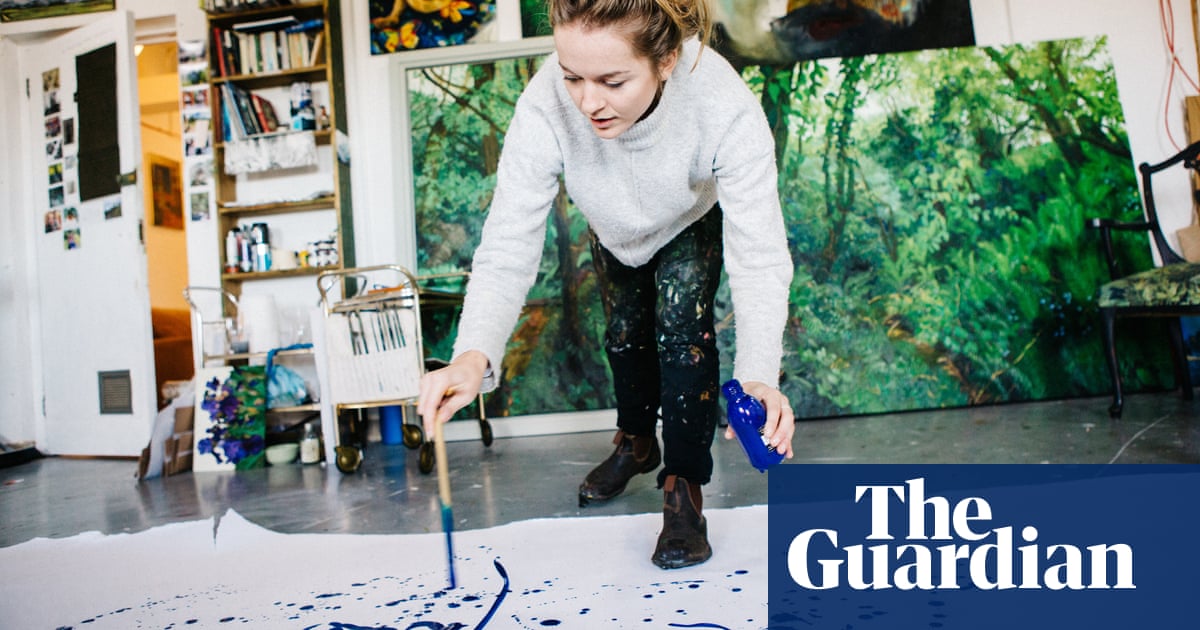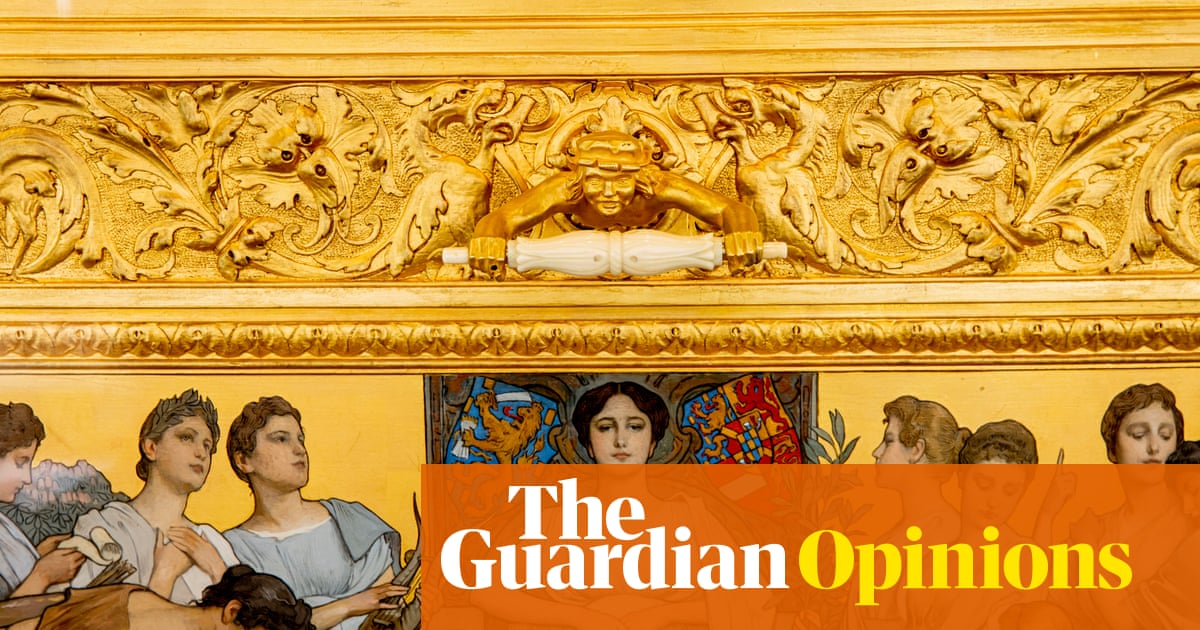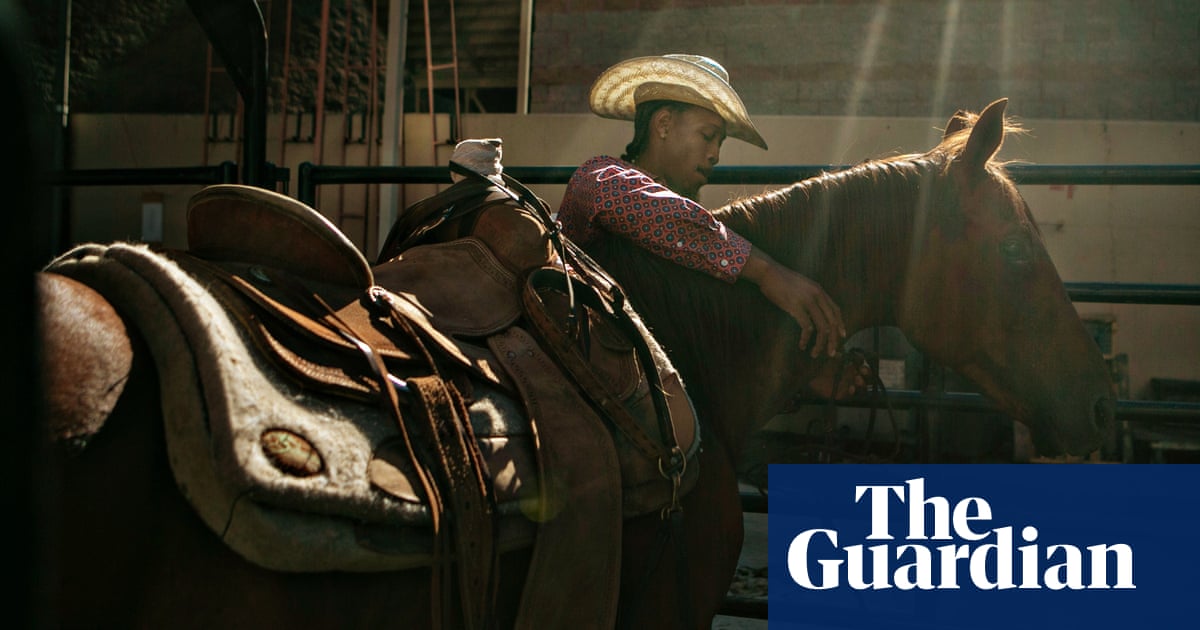
There were cheers from the public gallery of Bristol crown court when the verdicts of not guilty were returned. Eighteen months after Bristol’s now infamous statue of the slave trader Edward Colston was sent crashing to the pavement, the four young people who had been charged with criminal damage were acquitted.
The strategy that the prosecution appears to have adopted – in a case that some now argue should never have been brought to trial – seemed to centre on asking that the jury be blind to history. Who the statue venerated, they argued, was irrelevant. This, they claimed, was an open-and-shut case of criminal damage, one in which the defendants did not even deny their role in the toppling of the statue or, in one case, helping to roll it to Bristol harbourside, from where it was cast into the water.
The contention of the prosecution was that the crimes of Edward Colston, shareholder and ultimately deputy governor of the Royal African Company, the most prolific slave-trading entity in British history, should simply be set aside. That the statue depicted a man whose wealth was based on the enslavement of 84,000 men, women and children was immaterial. As was the fact that he was complicit in the deaths of 19,000 of them, who died, squirming in agony, chained to the decks of the Royal African Company’s slave ships. That should be of no concern to the jury. Their suffering, their deaths, their very existence was irrelevant to the issue at hand. In adopting such a strategy the prosecution was merely asking the jury to occupy the same stance of wilful, moral blindness that Colston’s defenders have occupied for decades.
That strategy failed because the lawyers defending the so-called Colston Four were able, through their own legal arguments and the striking eloquence of the four young defendants, to place history at the centre of this trial. In this I played a small part, appearing as an expert witness for the defence. They successfully demonstrated that the real offenders were not the Colston Four, but the city of Bristol and those who have done everything in their power to burnish the reputation of a mass murderer.
The keepers of Colston’s legacy had rendered his historic crimes live and present through the erection of a statue to him. By allowing that edifice to stand for 125 years, even as Bristol became home to thousands of black people whose ancestors had been victims of the trade that the Royal African Company had pioneered, they had, so argued the defence, permitted the statue to become an “indecent display”.
Having established these arguments Liam Walker QC, representing Sage Willoughby, the youngest of the defendants, argued that the Colston Four “were on the right side of history”. Jurors were invited to join them there.
In the aftermath of this verdict those who now have questions to answer are Colston’s defenders. In particular the Society of Merchant Venturers, a grouping that for decades dismissed and discounted appeals for the statue to be removed or contextualised. Its strategy of muddying waters and maintaining the status quo fostered indecision and inaction. Decades of inertia were brought to an end in just under three hours – the time it took for the jury to arrive at its verdict.
The merchant elite of late Victorian Bristol who erected the statue of Colston, many of them members of the Merchant Venturers, did so in the full knowledge that the man they sought to elevate to civic sainthood had been a trader in human flesh. The details of his grim career had been obscured but not obliterated.
Despite what they knew they expanded the bizarre cult of rituals, religious services and exclusive dinners that had been built around him, but their most public triumph was the erection of the statue. To validate the imposition of the cult of Colston on to the wider city they falsely implied that the statue had been paid for through popular, public subscription.
They did all of this confident in the belief that no one would ever question their decisions, as no one would ever come to care about Colston’s crimes or his victims. Their confidence sprang from their collective inability to envisage a future moment in which the Africans who had perished in the bellies of the Royal African Company’s ships, or on the plantations of Barbados or Jamaica, would matter to anyone in Bristol or beyond. The moment they were unable to conceive of is now. The generation for whom the lives of Colston’s victims matter deeply is the generation from whom the four defendants in this case were drawn.
In the months since the murder of George Floyd millions of people across the world have examined their nations’ official histories, and the history lessons they were taught at school. They have discovered missing chapters, half-truths and lost connections between the crimes of then and the inequalities of now. As Rhian Graham, one of the Colston Four, noted in the impromptu speech she made from the pavement outside court, the dethronement of Colston was not a stand-alone event, but part of a global movement.
I am writing this from Covid isolation in a hotel on the southern coast of Barbados. From my window I can see the approaches to the island, the sea lanes along which the ships of the Atlantic slave trade once passed, before docking to unload their human cargoes. To the north of me is a place called Speightstown, its nickname in the 18th century was “Little Bristol”, so firmly was it connected to the slave traders and sugar merchants of that English city 4,000 miles away.
The global shift of consciousness that inspired the toppling of Colston was also a factor in the decision made by the people of this island to break decisively away from that history and become a republic. This shift in consciousness, translated into action across the world by the young, will be strengthened by this verdict; and by the very fact that when made aware of long obscured historical and moral truths, an English jury chose to placeitself – and the city of Bristol – on the right side of history.
David Olusoga is a historian and broadcaster












